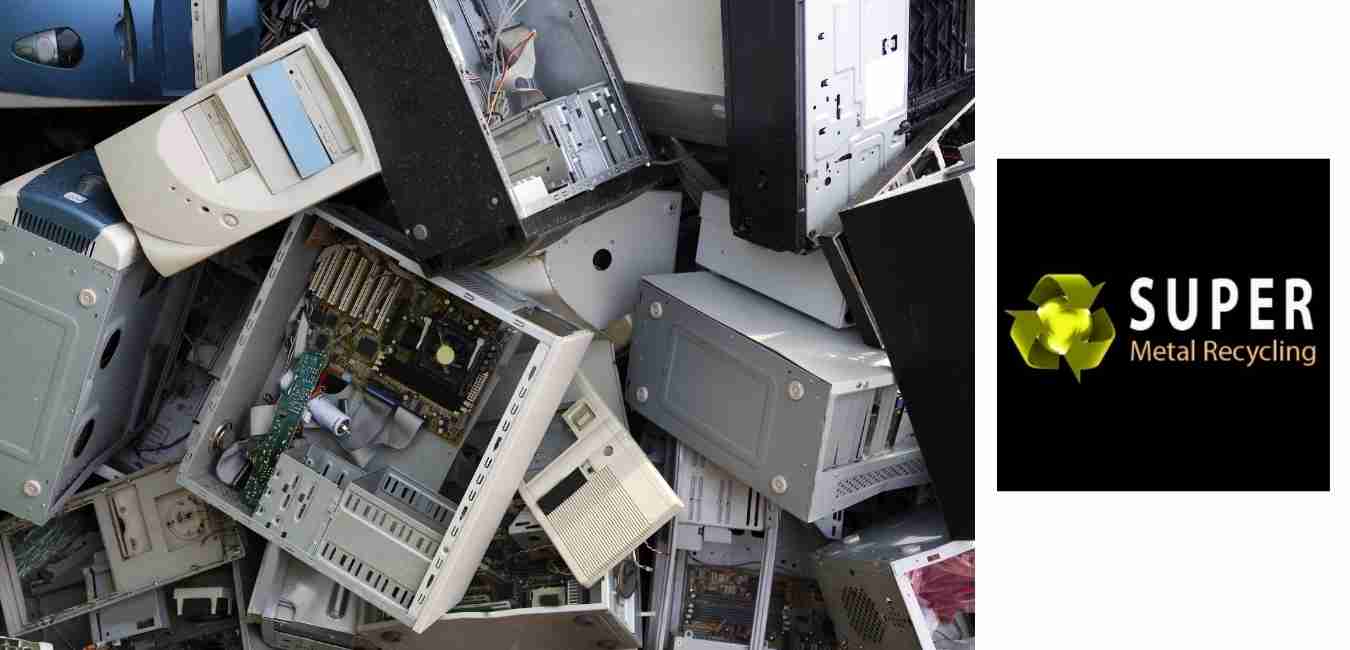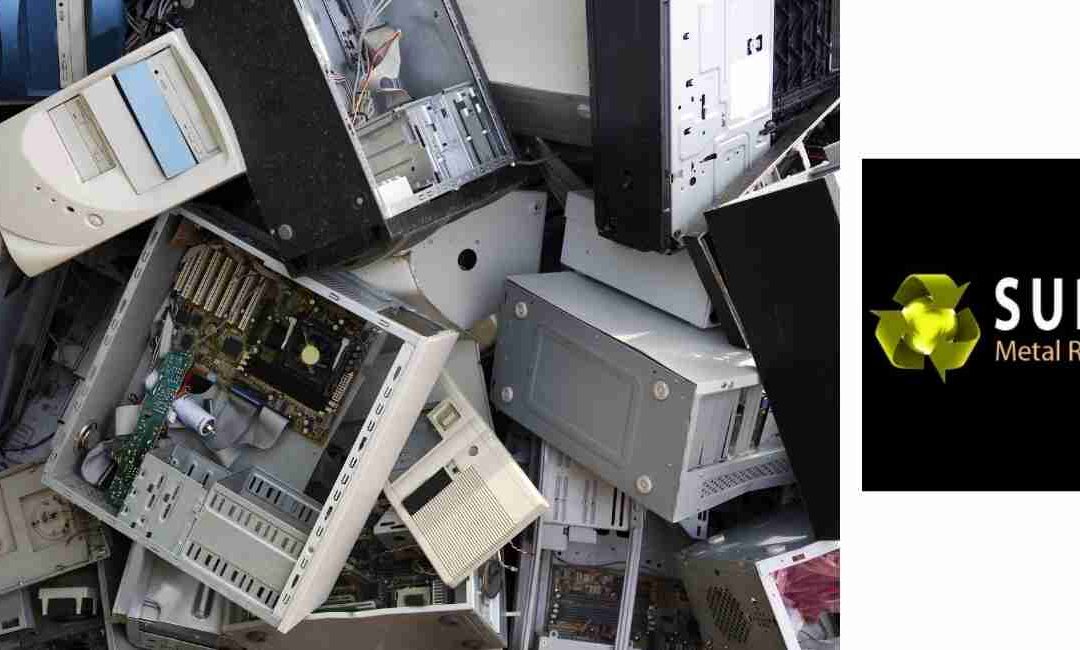With new cheap devices, society has reaped tremendous benefits. This explosive growth in the electronics industry, however, has led to a rapidly escalating issue of end-of-life (EOL) electronics or e-waste. In landfills or primitive recycling operations, toxic materials can be released from old electronic devices into the environment.
E-waste is growing, and with that surge comes the need for effective electronics recycling programs. E-waste is now the fastest-growing waste stream in the world.
People still seek information on TV recycling, computer recycling, and other programs that will help them responsibly get rid of unwanted equipment while minimizing any risk of data or identity theft.
The safe recycling of electronics is receiving increased attention from policymakers, industry, and consumers alike. This trend is good news because many consumers are still not sure how to safely dispose of old computers, smartphones or other electronic devices. According to one report, nearly 75 percent of old electronics continues to be stored in households because of the unavailability of convenient recycling options.
This article looks at some of the basic questions, such as defining e-waste, exploring why it is important, how consumers can recycle, state legislation, and the issue of the international shipment of hazardous e-waste.
What Is E-Waste
These EOL electronic devices, also known as e-waste and e-scrap, includes such items as dated computer equipment, stereos, televisions, and mobile phones. Such things can often be refurbished or recycled, yet a significant amount still finds its way to the landfill. Soberingly, only 20% of global e-waste is formally recycled the remaining 80% often incinerated or dumped in landfills. “Many thousands of tonnes also find their way around the world to be pulled apart by hand or burned by the world’s poorest workers,” the World Economic Forum notes. “This crude form of urban mining has consequences for people’s wellbeing and creates untold pollution.”
Why Is Electronics Recycling Important?
- Rich Source of Raw Materials Internationally, only 10-15 percent of the gold in e-waste is successfully recovered while the rest is lost. Ironically, electronic waste contains deposits of precious metal estimated to be between 40 and 50 times richer than ores mined from the earth, according to the United Nations.
- Solid Waste Management Because the explosion of growth in the electronics industry, combined with short product life cycle has led to a rapid escalation in the generation of solid waste.
- Toxic Materials Because old electronic devices contain toxic substances such as lead, mercury, cadmium and chromium, proper processing is essential to ensure that these materials are not released into the environment. They may also contain other heavy metals and potentially toxic chemical flame retardants.
- International Movement of Hazardous Waste The uncontrolled movement of e-waste to countries where cheap labor and primitive approaches to recycling have resulted in health risks to residents exposed to the release of toxins continues to an issue of concern.
Super Metal Recycling is based in Dandenong, Victoria, servicing for all types of Scrap Metals, Unwanted Cars, Junk Cars, Free Car Removals, Wrecked Cars, Smashed Cars, throughout Melbourne Metro areas. We offer cash for Scrap Cars, specialise in Old Car Removals, Car Wreckage Removal, Recycling of old cars and Scrap Metal Recycling.
If you are at Springvale, below is the best way to visit us.
Super Metal Recycling
345 Frankston – Dandenong Road, Dandenong South VIC 3175
(03) 9706 4909
* Find us on Google Map



Recent Comments